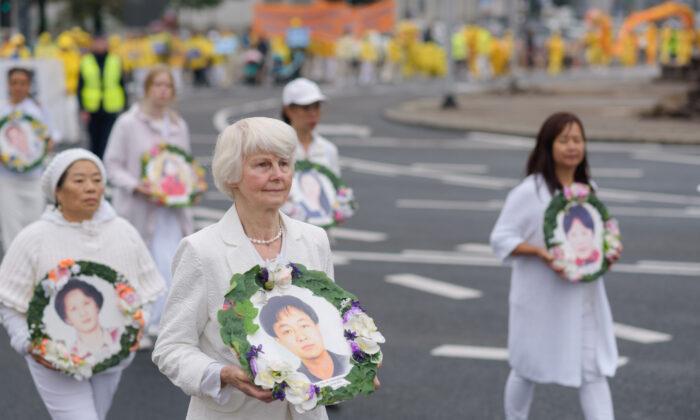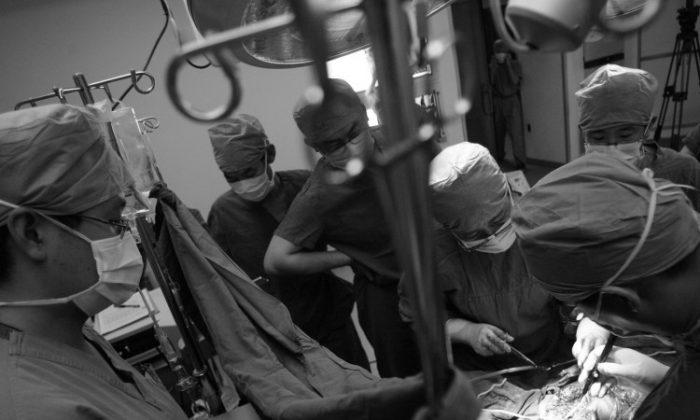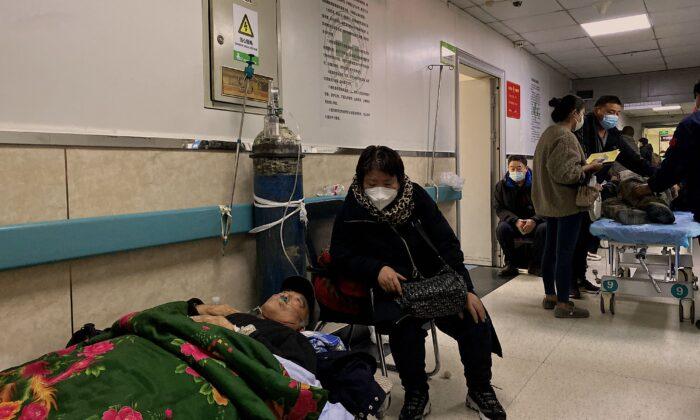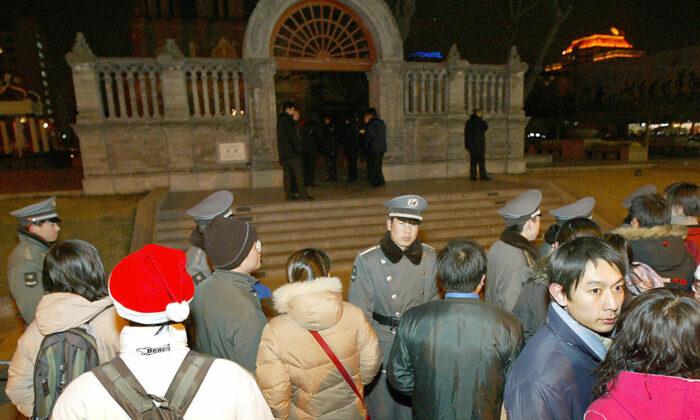Analysis
A new research article in the Cambridge Quarterly of Healthcare Ethics published by the Cambridge University Press highlights cases of transplant abuse in China, where transplant organs were allegedly procured from living human beings who had been falsely declared to be brain dead.
The peer-reviewed article, titled “Cases Abusing Brain Death Definition in Organ Procurement in China” (the CABDD article), examined Chinese medical journal publications in which the organ extraction method was described. The authors found blatant violations of China’s criteria for determining brain death, and thus concluded that some organ donors were not brain dead or cardiac dead at the time of organ extraction.
Brain Death and Organ Transplant
Brain death is the irreversible cessation of all functions of the brain. A brain-dead person is not in a coma, which may be the result of severe illness or brain injury, but rather has suffered irreversible cessation of all functions of the brain and will be unable to breathe on his own. As the heart gets no oxygen, it will stop beating. Once the heart stops beating, that is, cardiac death, all organs will stop functioning because blood circulation has stopped. If an organ remains without blood for a certain amount of time, the organ is no longer suitable for transplant.Conversely, if a brain-dead patient’s breathing can be sustained through a life support machine, such as a ventilator, then the tissues remain oxygenated and the heart can continue beating, which effectively ensures the organs will be in a state suitable for transplant.
Therefore, brain death determination and management are crucial aspects of transplant medicine and also involve profound ethical issues.
Patients Must Be on a Ventilator
Mechanical ventilation is mandatory to sustain a brain dead patient’s breathing and circulation. Only when the patient is already on a ventilator, can procedures to determine brain death be started.To declare a person brain dead, the doctors must confirm the absence of brainstem reflexes and the inability to breathe on his own, among other criteria.
The internationally adopted standard procedure to diagnose brain death follows roughly this sequence of events. First, the patient is connected to a ventilator; then, diagnostic tests are performed to make sure there are no brainstem reflexes; followed by an apnea test in which the ventilator is disconnected (and later reconnected) to confirm there is no spontaneous respiration. Lastly, if the results satisfy the criteria of brain death, the patient is declared brain dead and organ extraction can be initiated.
The Chinese brain death determination guidelines of 2009 stipulate that apnea testing should follow “strict procedures” by “disconnecting the patient from the ventilator for 8–10 minutes.” This shows that the Chinese criteria also imply that the patient is already on a ventilator before brain death testing can begin.
The Smoking Gun: ‘Intubation After Brain Death’
Through careful evaluation of papers on transplants performed by Chinese military hospitals, university hospitals, and other civilian hospitals, the authors concluded that in some cases the organs may have been extracted from living people.The CABDD article reads, “the ‘donor organs’ may well have been procured in these cases from living human beings and the ‘donors’ killed by the medical professionals through organ explantation.”
The CABDD article includes five Chinese medical journal articles as examples. The transplants mentioned in the articles include 16 heart transplants and 5 combined heart-lung transplants, performed between 2002 and 2013. All five papers say that intubation, which is the procedure to connect a patient to a ventilator, happened after brain death.
The phrases “brain death determination” or “brain death diagnosis” cannot be found in any of the five articles. The papers simply claim that the “donors” were brain dead, without mentioning any determination procedure or criteria.

A table of transplant cases in China involving organs from claimed "brain-dead donors" from the research article titled "Cases Abusing Brain Death Definition in Organ Procurement in China.” Screenshot via The Epoch Times
According to the CABDD article, the description of the organ procurement procedure indicates that the heart was functioning before cardiac arrest was induced by the doctors for heart removal. “These heart-beating donors were not heart-beating brain-dead organ donors.”
Brain Death Legislation
In the United States, defining brain death started as early as 1968. After a few years of evolution, guidleines were published in 1995 (pdf). The latest guideline on determining brain death in the United States was published in 2010. In addition, each state has its own legally binding criteria for ascertaining brain death.China’s transplant industry has experienced exponential growth since the early 2000s, when no organ donation system and no brain death regulations existed. In 2003, China’s Ministry of Health released a draft of the standards and technical specifications for determining brain death. It was merely a draft for comments and was not legally binding. There is no brain death legislation in China today.
Nonetheless, since 2000, the term “brain dead donors” started to appear frequently in transplant related publications written by transplant surgeons and nurses from hospitals of various sizes all over the country.
How could articles describing “after-brain-death-intubation” be published? The CABDD article quotes the chairman of China’s National Organ Donation and Transplantation Committee, Huang Jiefu, who said in 2013, “90 percent of the doctors do not know how brain death works.”
Therefore, the Chinese transplant surgeons in these articles “used the term brain death only as a pretext to cover up the real organ source because the organ sources were illegal,” the CABDD article concludes.
Not All Organs Are From a National Organ Allocation System
Partly due to international scrutiny of its unethical transplant practices, China announced in 2015 that “all organs must come from a national organ allocation system, the China Organ Transplant Response System (COTRS).”However, the CABDD article says that “a leaked COTRS internal data verification report revealed that a quite large number of transplant organs were not from COTRS, that is, were illegal transplants.”
The leaked report (in Chinese only) compares the transplants reported to the liver and kidney transplant registries to the organs allocated by the COTRS. The data covers from January 2015 to April 2018. Over 2,000 transplanted organs nationwide were from unknown sources and in over 10,000 cases patient data was manipulated one hour before organ allocation.
Because not all the illegal transplants were reported to the transplant registries, the CABDD article concludes the real number of illegal organ transplants must be much higher than what’s included in the leaked report.
Investigation is Warranted
In summary, the authors of the CABDD article state that “the brain death definition appears to be abused by individuals for organ harvesting and to cover up the illegal organ sources. In such cases, it was obvious that a brain death determination was not carried out and the donors were simply declared to be brain dead.”“A systematic investigation into organ donation from claimed brain-dead donors is warranted.”




